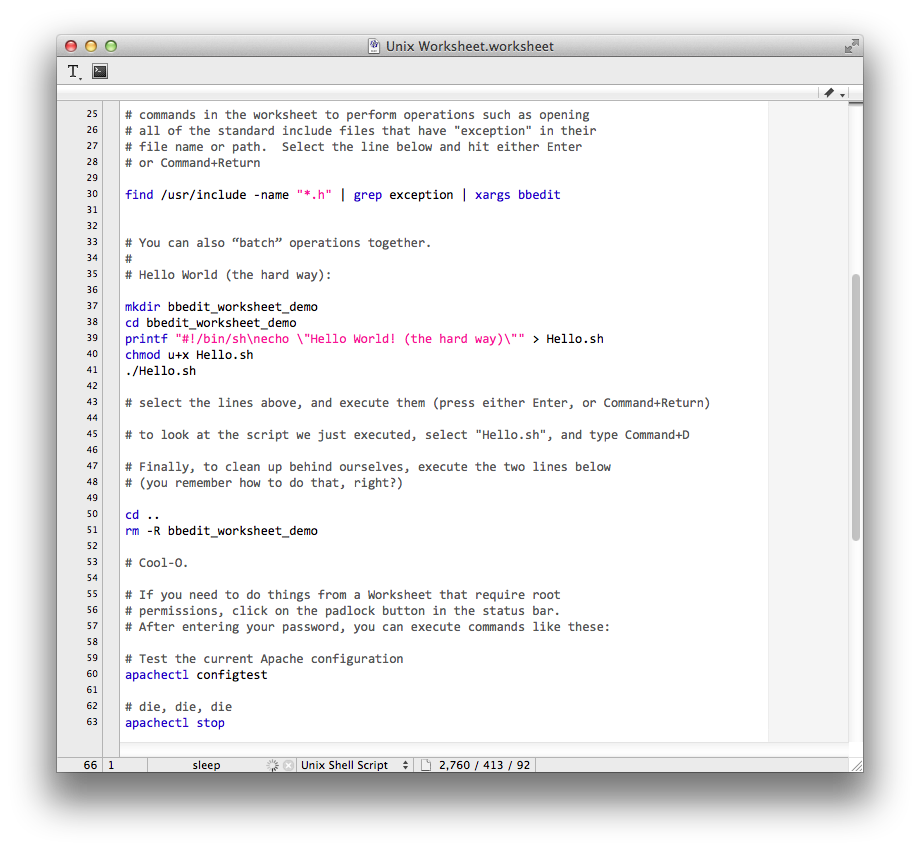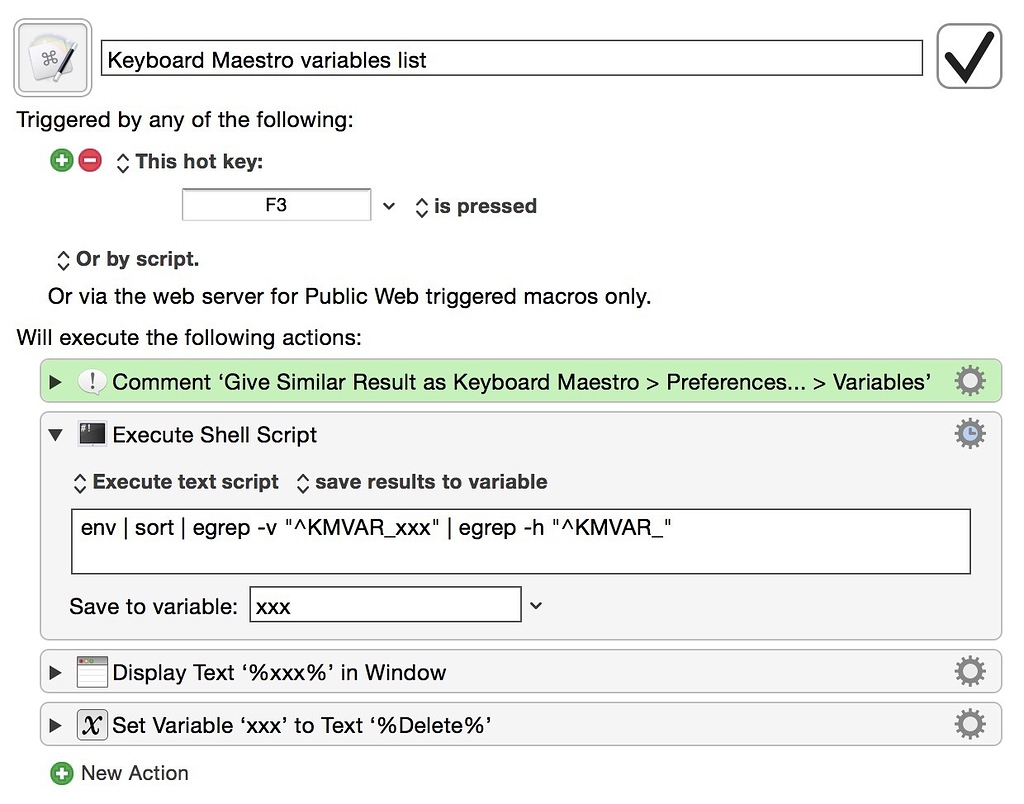

It puts a clean interface on top of powerful GREP tools, including the ability to save and recall common patterns it lets me select "columns" of data in raw text files and manipulate them like a spreadsheet it can call out to shell scripts and command-line utilities to augment its own built-in scripting and automation tools it has canned tools for managing capitalization, line prefixes and suffixes, stripping and mapping high ASCII characters, removing Unicode "junk" characters, and more. Factories are a great way for people who don’t have much experience programming or using the command line to automate BBEdit’s Text menu commands in powerful ways.

Often, I'll launch BBEdit, open a multi-megabyte codebase, searched for the relevant function calls, and fixed a bug before the "full-featured" alternatives have even finished indexing the same code.įor anyone who works with large data files (tab or comma-separated data, JSON or XML, etc), BBEdit excels at the ugly work of scrubbing and formatting data before it's fed into an automated import or migration process. Heres an excerpt from the 12.5 change notes which may help: >When running on macOS 10.14, the command-line tools will preflight >their operations. Feature-rich IDEs like Komodo, WebStorm, and even VisualStudio IDE can bring more advanced features like debugger integration and automatic refactoring, but none can rival BBEdit's raw speed.

Integration Platform as a Service (iPaaS)īBEdit was born in the memory-starved days of the early 90s when monitors were black and white and some computers still shipped with a megabyte of RAM.Integrated Development Environment (IDE).Distributed Denial of Service (DDoS) Protection.


 0 kommentar(er)
0 kommentar(er)
